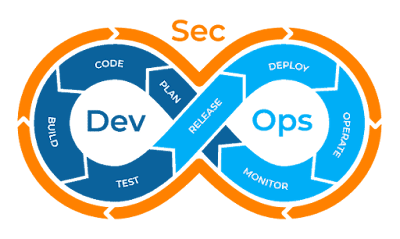Test Environment Management is more Than just a Complete Testing Process
To have utmost customer satisfaction by outperforming the competition is a major concern for most businesses. The intricacies further get more complex with multifaceted systems in place demanding an accelerated deployment cycle. Since timely delivery lies at the center of customer satisfaction, enterprises have gradually realized getting the best quality assurance practices in place.
State of the art test environment management tools is the key to building the organizational reputation. Opting for a more strategic approach leads to deployment of projects in quick turnaround time. With right kind of test environment management tools, you can handle everything right from allocation to contention, configuration, activities, as well as reporting.
A comprehensive test environment helps you manage standalone layers of integrated environments, with configuration information displayed for every single layer. Other than this a test environment management scenario helps in connecting one test environment with another. Additionally, the associated stakeholders can raise activities and tasks within a central repository.
Test environment is not merely defining a test plan scope, objective, and a testing approach with a management plan meeting expectations of many. Most organizations perceive test environment management as merely an execution of test cases in a sequence, but it is a strategic approach starting from testing, validation, reducing efforts and evaluating key features as well as functionalities.
Using the right test environment management tools one can track refresh completion, broad outages, and upgrades to all the stakeholders. This in turn lowers unscheduled downtime, driving great efficiency within teams. Clients can view their projects within allocated test environments leading to refreshed data, upgrades of products, or even environment integration switch planning.
Reporting accompanied with valuable insights is another perspective of test environment management, with everything optimized right from resource utilization to quality trends, origin points, defects detection, and test environments tested. The critical phases included herein are management, planning, test case development, defect management, and re-testing.
With a systematic test environment management cycle, one can result in effective collaboration between developers, customer’s visibility during QA process, business analysts, QA professionals, developers, and designers. Through the best environment, the project tends to meet the requirements of customers, through assessment of risks and prioritization of important tasks.
Conclusion
Not just a strategy, but it is also important to have right test environment management tools, for a crystal clear understanding of the requirements, testability parameters, multi-project views, test case scripts and data, and more. Right metrics placed at right places uplifts the entire software development cycle, scaling the entire project with all the necessities intact. There might be tons of challenges in doing so, but right tools in place at right time, drive an organization towards quality management, leading project to an unprecedented guaranteed success by achieving goals.




Comments
Post a Comment